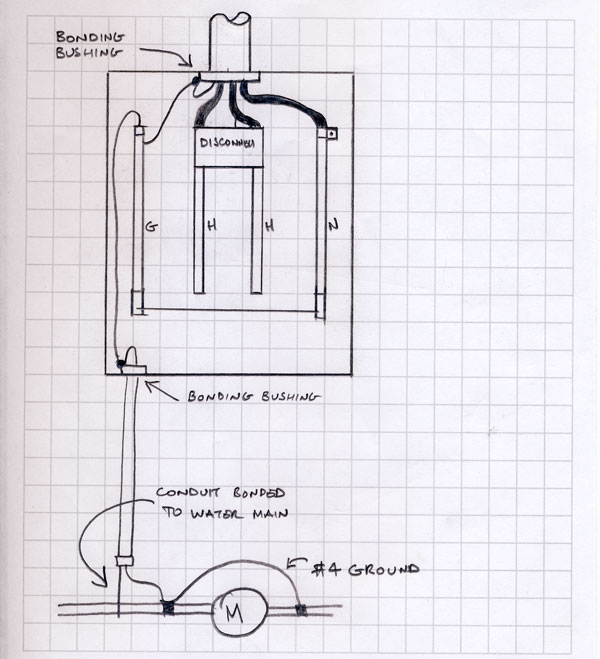- Location
- New Jersey
- Occupation
- Journeyman Electrician (retired)
So option #1 using #4 in lieu of the #6 would be correct? I'm assuming the ground to the water main would still need to be #4.
Yes, the GEC to the water main would be sized according to 250.66. Take a look at 250.24(A)(1) and see how it corresponds to your GEC connection to the ground bar.





